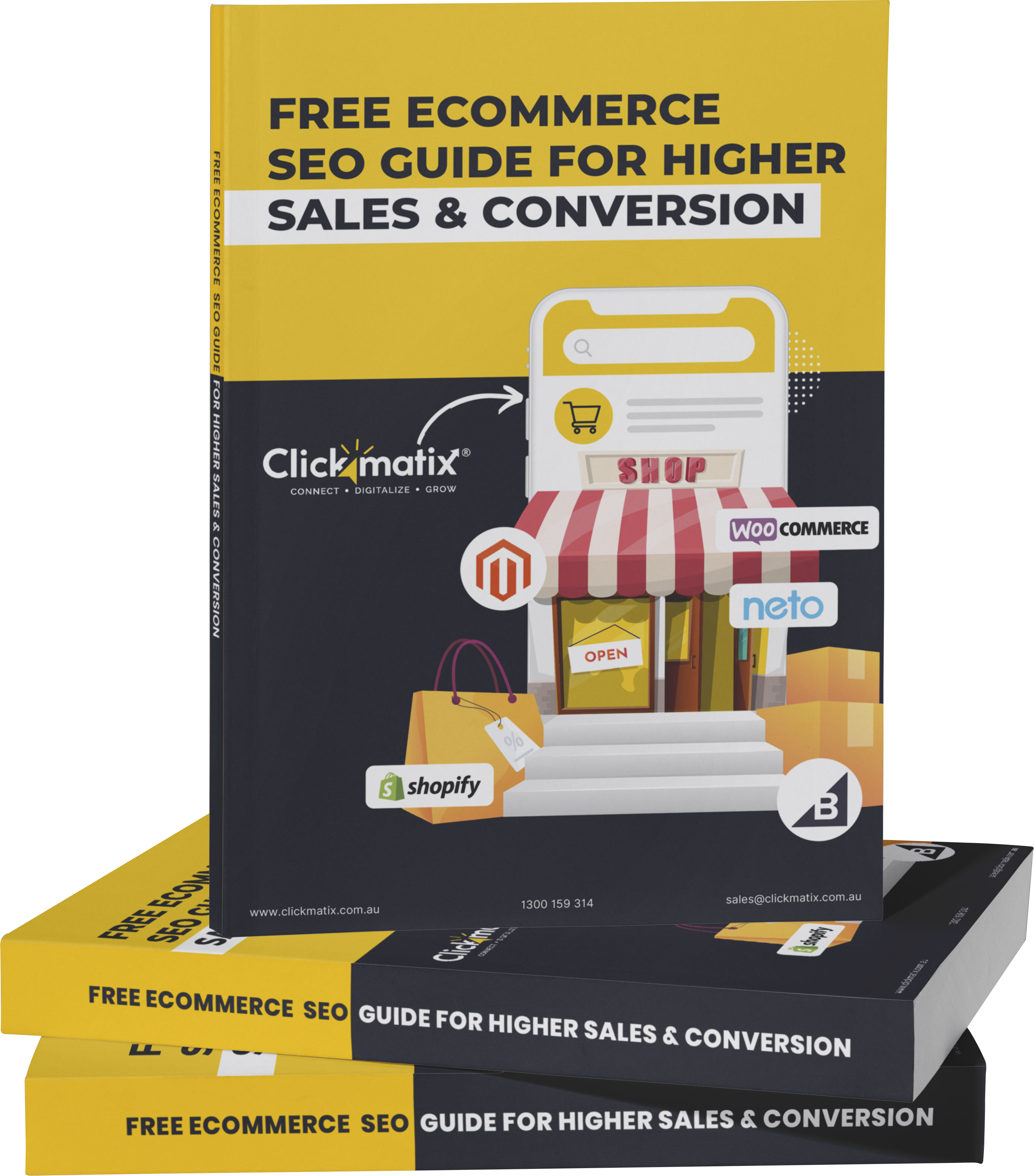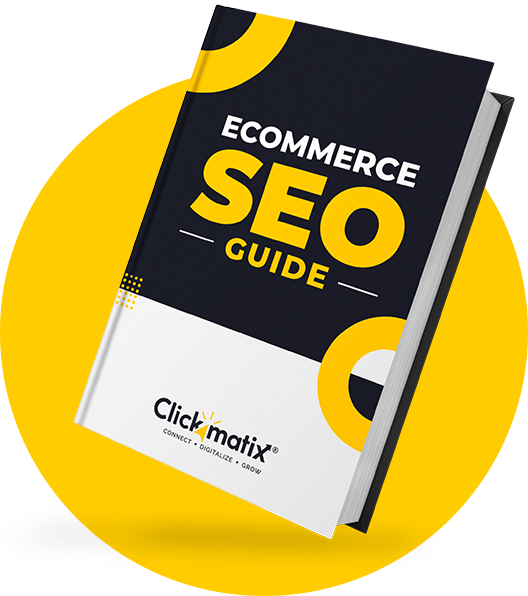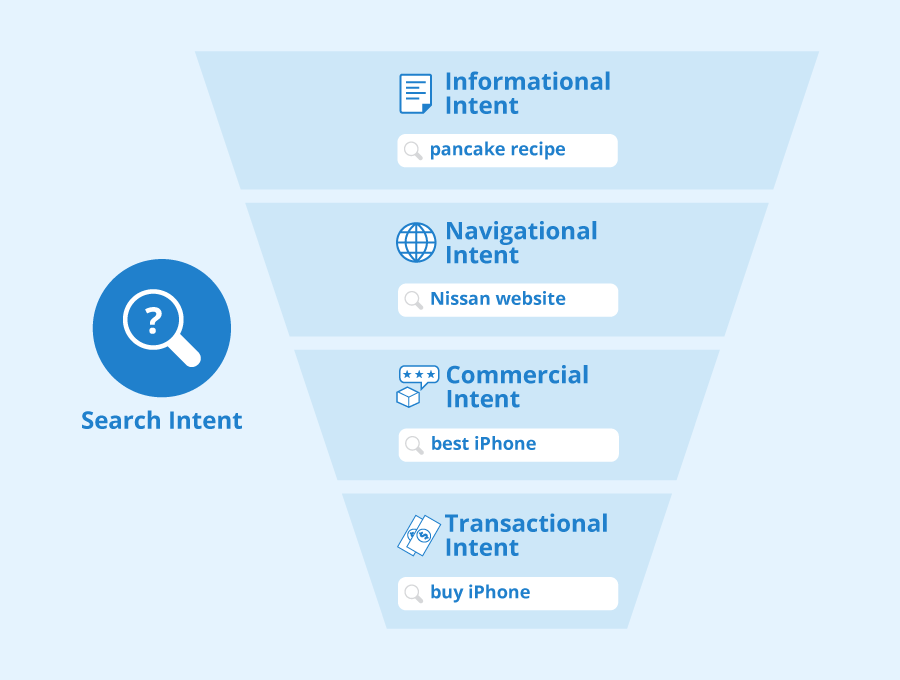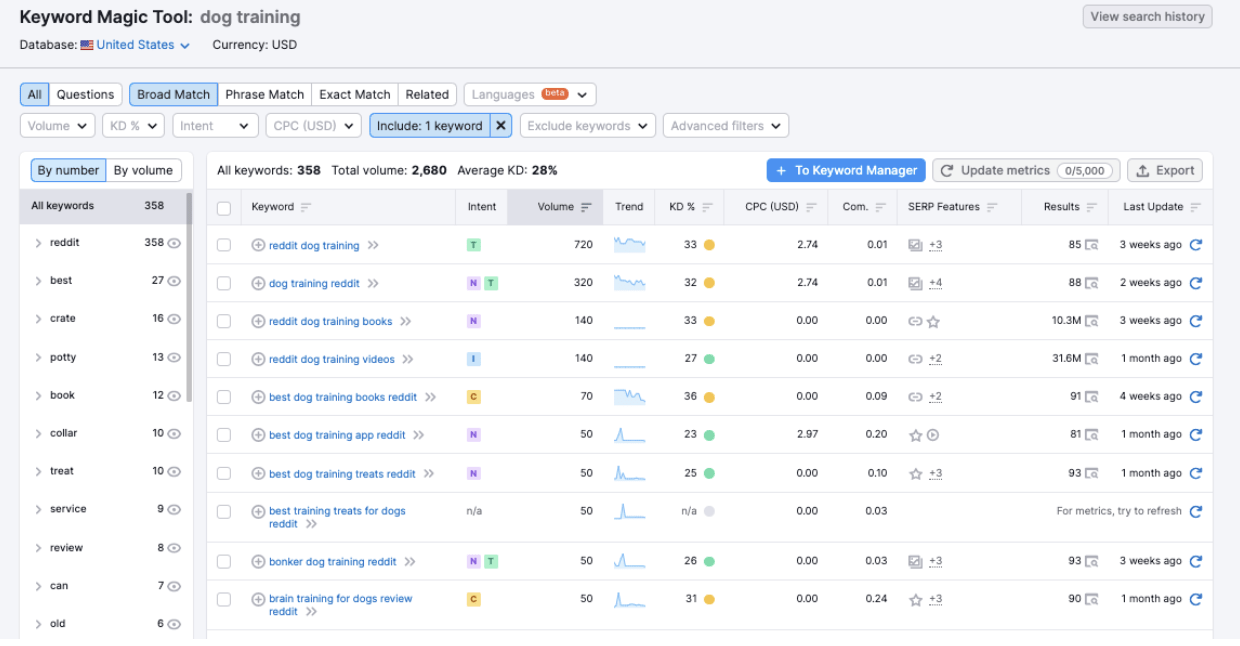How To Run A Competitor Keyword Analysis

Staying ahead of competitors is more challenging than ever. Search engines are constantly tweaking their algorithms; what worked last year might not work this year. For e-commerce stores, keeping up with SEO trends is essential to staying visible, attracting traffic, and converting that traffic into loyal customers.
In this blog, we’ll explain the why, what, and how of competitor keyword analysis and show you how to leverage this strategy for your online store.
What is Competitor Keyword Analysis?
Have you ever wondered how your competitors consistently rank higher than you on search engines? The answer often lies in their strategic use of keywords. Competitor keyword analysis is the process of examining the keywords your rivals are targeting and ranking for.
Whether they’re direct competitors or indirect ones vying for the same audience, understanding their keyword strategy can provide invaluable insights. By identifying the keywords that drive traffic to their websites, you can uncover potential content gaps where your site can shine.
It’s not about copying your competitors’ every move. Rather, it’s about learning from their successes and failures to refine your SEO strategy. By focusing on the keywords they’re using, you can discover opportunities for your content to rank higher and attract more organic traffic.
Why Competitor Keyword Analysis Matters
It’s easy to get caught up in the world of your keywords, but ignoring what your competitors are doing can be a major oversight. Analysing their keyword strategy offers a wealth of benefits:
- Unlocking Growth Opportunities: By pinpointing the keywords driving your competitors’ success, you can tap into untapped growth potential and boost your rankings.
- Filling Content Gaps: Competitor keyword analysis helps you identify areas where your content is lacking. You can outshine your rivals by creating high-quality, relevant content that addresses these gaps.
- Climbing the Search Engine Ranks: Understanding your competitors’ keyword strengths provides a clear roadmap to overtake them. By focusing on the right keywords, you can drive more organic traffic to your website and improve your overall online visibility.
Steps For Competitor Keyword Analysis
Step 1: Identify Your Competitors
Before diving into competitor keyword analysis, it’s essential to identify your competitors. This step may seem straightforward, but it’s more complex than it appears. You need to look beyond obvious competitors and consider both direct and indirect competition.
Direct vs. Indirect Competitors
Understanding the distinction between direct and indirect competitors is crucial for effective keyword research:
- Direct Competitors: These businesses offer the same products or services and target the same audience as you. For instance, if you sell athletic wear, major players like Nike or Adidas would be your direct competitors.
- Indirect Competitors: These companies may not offer the same product but still target a similar audience with an alternative solution. For example, if you sell vegan protein powder, an indirect competitor could be a company that sells other vegan health products, such as snacks or supplements.
Both types of competitors are critical to your research because they may be ranking for similar keywords and could attract the same target audience.
Tools to Identify Competitors
To properly identify your competitors, utilise advanced tools like SEMrush, Ahrefs, and Google Search. These platforms can provide insights into businesses that are ranking for the same or related keywords you’re targeting. By using these tools, you can uncover both direct and indirect competitors, which will help refine your strategy.
Step 2: Collect Competitor Keyword Data
Once you’ve identified your key competitors, the next step is to collect their keyword data. This is one of the most crucial phases of competitor analysis, as it reveals what keywords drive their traffic and helps you identify potential opportunities to surpass them.
Best Tools for Keyword Research
The SEO landscape is ever-evolving, and the tools for keyword research continue to advance. these are the leading tools to gather competitor keyword data:
- Ahrefs: Known for its massive keyword database and comprehensive competitive analysis.
- SEMrush: Provides a detailed overview of your competitors’ organic and paid keywords, offering insights into their strategies.
- Moz Pro: Offers essential information about keyword difficulty, search volume, and competitive keywords, enabling better-informed decisions.
By using these tools, you can collect accurate data on the top-performing keywords that are crucial for your industry.
Finding the Right Keywords
In this step, focus on gathering the top organic and paid keywords from your competitors. Prioritise keywords that generate the most traffic, have significant search volumes and are manageable in difficulty. By compiling a list of these keywords, you’ll have a clear understanding of what your audience is searching for and how to position yourself accordingly.
Step 3: Analyse Competitor Keyword Performance
Now that you have a comprehensive list of competitor keywords, the next step is to evaluate their performance. This helps you understand which keywords are most valuable and where your competitors are succeeding.
Metrics to Track
While analysing competitor keywords, pay attention to critical SEO metrics that will guide your strategy:
- Search Volume: The number of searches for a particular keyword each month.
- Keyword Difficulty: How challenging it is to rank for a given keyword. Higher difficulty typically means more competition.
- Traffic Potential: The estimated amount of traffic generated if you rank for the keyword.
Identifying Competitor Strengths
Analyse which keywords your competitors dominate. These keywords often have high traffic potential, and your competitors may have invested heavily in optimising for them. By identifying these strengths, you can gauge where your competitors outperform you and plan a more strategic approach to surpass them.
Step 4: Uncover Keyword Gaps and Opportunities
Keyword analysis is not just about finding what your competitors are doing well. It’s equally important to discover where they’re lacking—this is where keyword gaps come into play.
What Are Keyword Gaps?
A keyword gap refers to keywords that your competitors are ranking for but you aren’t. These gaps present opportunities to create content around these keywords and capture untapped traffic.
How to Find Keyword Gaps
Tools like Ahrefs’ Content Gap and SEMrush’s Keyword Gap can help you identify these missing keywords. Once you identify these gaps, you can create specific content to target those terms, improving your chances of outranking your competitors in these areas.
Step 5: Competitor Content Analysis
Analysing keywords is just one piece of the puzzle. To build a comprehensive strategy, you also need to evaluate the quality and structure of your competitor’s content.
Analyse Content Structure and Quality
When reviewing your competitors’ content, consider the following:

Get weekly insights for revenue-shifting results
Sign up for our newsletter and be the first one to know about our exclusive offers, digital marketing news and updates.
|
|
Thank you for Signing Up |


- Keyword Usage: Are they integrating keywords naturally, or does the content feel forced?
- Content-Length: While longer content tends to rank better, the overall quality is more important than just the word count.
- Content Quality: Assess whether the content is engaging, informative, and well-written. High-quality content is more likely to rank higher and attract a larger audience.
Content Formats and SERP Features
Explore the various content formats your competitors use to dominate search rankings. Some formats include:
- Blogs and how-tos that rank well for informational keywords.
- Videos and infographics, often appear in Google’s featured snippets or video carousels.
Pay close attention to how your competitors are ranking in SERP features, as these can significantly boost their visibility and click-through rates.
Step 6: Evaluate Competitor Backlinks
Backlinks remain a significant ranking factor in SEO. Analysing your competitor’s backlink profile can reveal their off-page SEO strategy and provide insights into how you can build a stronger backlink profile.
Importance of Backlinks for Keyword Rankings
High-quality backlinks from authoritative sites help improve a website’s authority and keyword rankings. Due to this authority boost, competitors with robust backlink profiles often rank higher.
Tools for Backlink Analysis
Use tools like Ahrefs and Majestic to analyse your competitor’s backlinks. These platforms reveal which websites link to your competitors, allowing you to identify link-building opportunities that could also boost your rankings.
Step 7: Building Your Keyword Strategy
With all the insights gathered from competitor analysis, it’s time to develop your keyword strategy. This strategy should help you not only compete with but surpass your competitors in search rankings.
Prioritising Keywords
Prioritise keywords that align with your business goals. These should include high-search-volume terms relevant to your products or services with moderate competition. This balance helps you gain a competitive edge in ranking for valuable keywords.
Creating Content Around Keywords
Once you’ve prioritised your keywords, create valuable and engaging content that addresses user queries and provides solutions. Ensure the content is optimised for SEO, incorporates the chosen keywords naturally, and enhances the user experience.
Step 8: Monitor and Adjust Your Keyword Strategy
SEO is not a one-time effort. To stay competitive, you need to continually monitor your keyword performance and make adjustments based on changing algorithms and competitor activity.
Track Your Progress
Use tools like Google Analytics and Ahrefs to monitor your keyword rankings and overall SEO performance. By tracking the performance of your targeted keywords, you can identify trends and make data-driven decisions.
Adapting to Algorithm Changes
Google’s algorithm is constantly evolving. Staying informed about these changes and adapting your strategy accordingly is essential for maintaining or improving your rankings. Your competitors will also adjust, so staying ahead of the curve is crucial to remain competitive.
Conclusion
Competitor keyword analysis is one of the most effective ways to stay ahead in the competitive e-commerce landscape. It allows you to uncover growth opportunities, find keyword gaps, and build a stronger, data-driven SEO strategy. Regularly analysing your competitors’ keywords ensures you never miss out on valuable traffic and helps you stay ahead of the competition.
Don’t wait for your competitors to outrank you. Start implementing these steps and tools today to boost your SEO performance and drive more traffic to your online store.
In search for strategic sessions?
Let us understand your business thoroughly and help you
strategies your digital product.
It's time to call your business-
a brand!
Australian Owned Agency
Save Time and Money
Unbeatable Value
Where Work Gets Done

free Ecommerce SEO guide for Higher Sales & Conversion



THE ULTIMATE MARKETING GUIDE FOR LAWYERS



Youtube Ads Guide How to Advertise on Youtube



free Ecommerce SEO guide for Higher Sales & Conversion


It's time to call your business-
a brand!
Australian Owned Agency
Save Time and Money
Unbeatable Value
Where Work Gets Done



The Game-Changing Ecommerce SEO Guide That Will Blow Your Mind & Sales
With this Ecommerce SEO Guide, you'll be able to:
- Develop a Ecommerce SEO strategy.
- Build a content marketing strategy that aligns with your business goals.
- Convert your website visitors into paying customers.



Youtube ads guide how to advertise on youtube
With this Youtube ads Guide, you'll be able to:
- Develop a Youtube ads strategy.
- Build a type of ads of your own that aligns with your business goals.
- Generate revenue from youtube ads.
It's time to call your business-
a brand!
Australian Owned Agency
Save Time and Money
Unbeatable Value
Where Work Gets Done















 Australian Owned Agency
Australian Owned Agency Save Time and Money
Save Time and Money Unbeatable Value
Unbeatable Value Where Work Gets Done
Where Work Gets Done